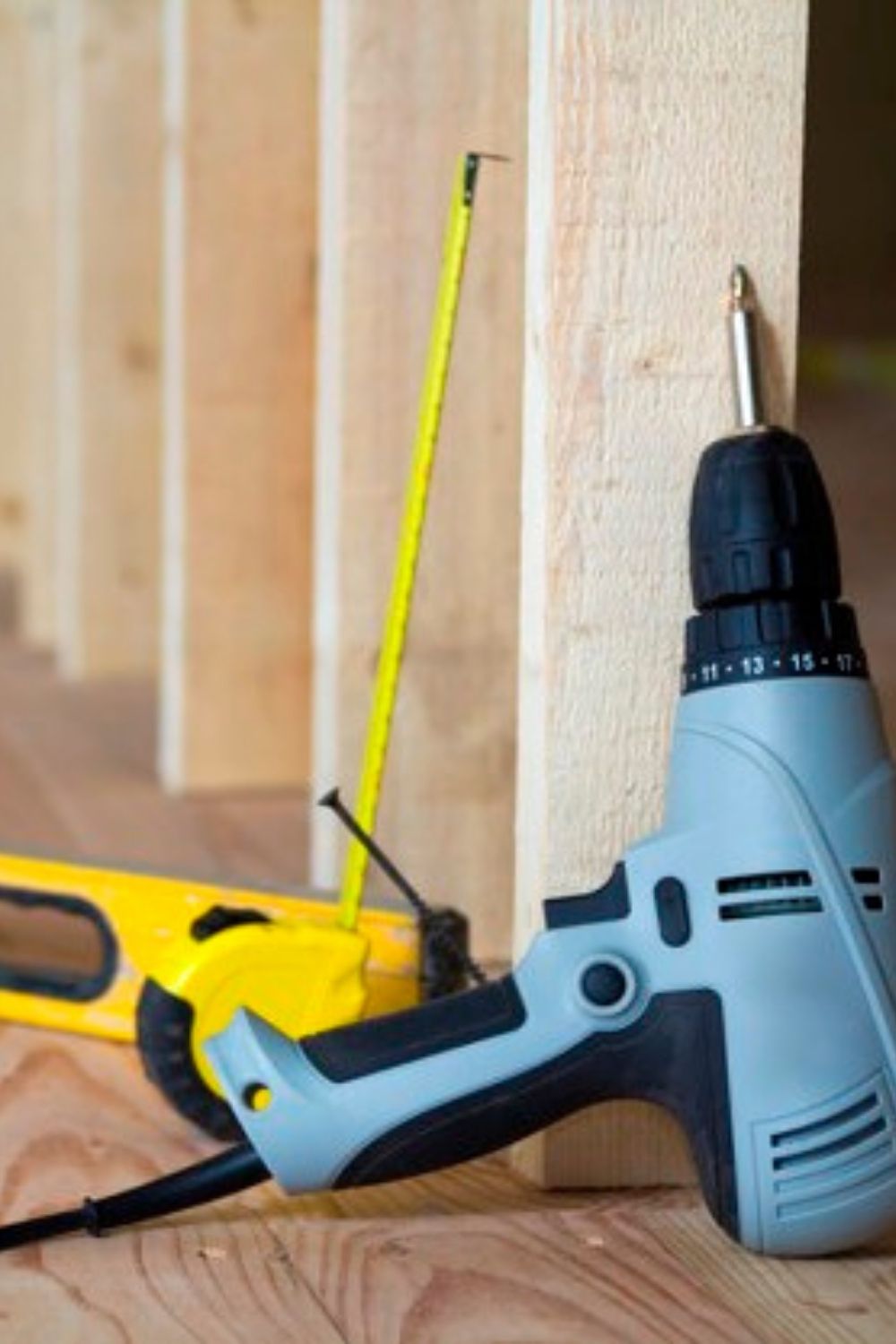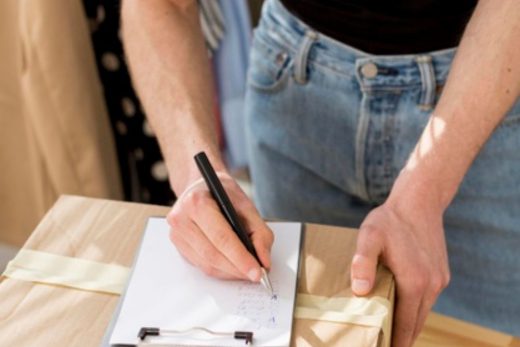You will need to purchase some specialized, as well as some non-specialized, tools for your DIY drywall project. Fortunately, you can walk out of your local hardware store with a full complement of drywall tools without having broken the bank.
- Drywall T-Square: Expensive But Crucial
A drywall T-square is unlike other types of straight edges or squares that you can buy, in that it has a full 48-inch length which allows you to cut the entire width of a sheet of drywall.
Not only that, but the head (the cross-end) of the square fits neatly over the edge of the drywall and is long enough that you can be assured that the square is perfectly in place. The T-square is by far your largest investment in DIY drywalling, but there is no acceptable substitute. Your consolation here is that the drywall T-square can be used for things other than drywalling.
Some drywall T-squares, such as those manufactured by Empire, have a head that adjusts to 30, 45, 60, and 75 degrees. While not crucial to have an adjustable cross-bar, it sure is nice. - Drywall Knife In 12, 6, and 4 Inch Sizes
Drywall knives are specialized, so other types of putty knives that you may have in your shop will not work. The good thing is that drywall knives are not expensive.
The 6-inch knife and the 4-inch knife are used for slopping the mud into place and for taping. The 12-inch knife is used for feathering and final coats. You will need either the 4 or 6 inch (they are fairly interchangeable) and the 12-inch knife.
Hyde Tools sells a nice, off-the-shelf 4-inch drywall knife, perfect for taping. - Utility Knife
If you already own a utility knife, it should work for your drywall project. The only type of utility knife that would not be suitable is the type that has the snap-off blades. You want to make sure that your utility knife has interchangeable blades that set into a screw-down handle for greater stability.
- Cordless Drill For Fastening (Not Hammer and Nails)
Back in the old days, drywall was fastened to studs with hammer and nail. Today, professional drywall installers use screw guns that automatically load up a new screw whenever they are ready for the next one. For any major drywall installation project, you may want to rent such a screw gun.
For all other types of drywall work, an ordinary, off-the-shelf 12V or 18V cordless drill will work. The 12V cordless can do the trick; if you want more power, then the 18V drill can easily draw screws into wood studs hundreds of times over.
It is also nice to have a clutch on the cordless drill so that the bit will stop turning at a certain point, rather than stripping the screw head. Corded drills will cause you frustration if trying to use them for drywall projects for two reasons: the cord and the difficulty of controlling torque on the drill.
- Sanding Pole and Sanding Sheets
Mesh sanding sheets fit on the end of the sander with wing nuts. Then, the sander and a sanding pole screw together.
Tip: Regular broom handles have the same threads and will work rather than having to buy a specialized “sanding pole.”
The sanding sheets come in two types, both of which you will need: coarse fiberglass mesh with open holes, and sheets that look just like ordinary sandpaper. The fiberglass mesh allows the drywall dust to pass through so that you do not cake up the sanding surface. The sandpaper type of sheet is necessary for finer sanding. It takes much longer for the drywall dust to cake on this fine surface, and it is possible to clean it with a whisk broom occasionally. - Drywall Sanding Sponge, Abrasive and Non-Abrasive
A sanding sponge oddly enough looks like one of those kitchen scrubbers for pots and pans. It has a very abrasive surface on one side, and a smoother surface on the other side. Do not rely on the sanding sponge for all of your sanding purposes; it is just for touchups.
The other type of sanding sponge is, literally, a sponge. It has no coarse surface. It is a large sponge that is specific for dry-walling purposes and is used for wet sanding.
One basic type of the non-abrasive sponge is the Goldblatt Drywall Sanding Sponge. It has a smooth side and a slightly coarser side.
No longer do drywall installers use drywall nails: specialized screws are the drywall fastener of choice today.
Drywall screws come in either coarse-thread or fine-thread varieties. Coarse-thread screws draw effortlessly into the wood and are so useful that you will find yourself using them for other home improvement projects.
The 5/8 inch screw tends to be the most practical length for all drywall projects. Fine thread screws are used for metal framing, whereas coarse threads are used for wood studs.





